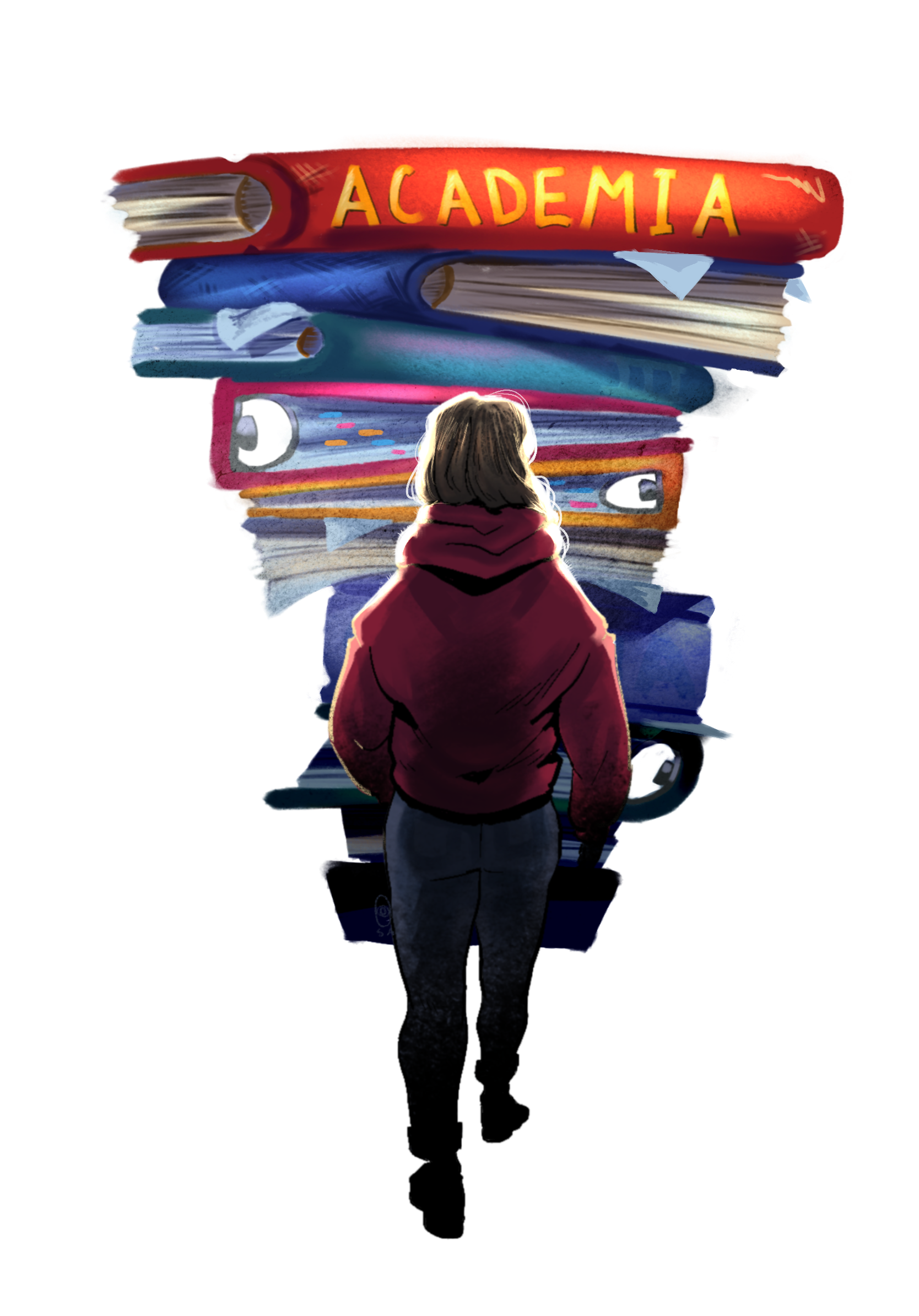This program, the first of its kind in Quebec, will launch in Fall 2023
Next fall, Concordia will launch its new Kaié:ri Nikawerà:ke Indigenous Bridging Program, which will help Indigenous students get into engineering programs.
The program will be three semesters long and will offer prerequisite courses to Indigenous students who are missing these courses going into their bachelor’s degree. Once they complete the program, students enrolled will be automatically transferred into the engineering program of their choice.
“Particularly, we started in the STEM [Science, technology, engineering, and mathematics] field because there are a lot of educational barriers that some Indigenous communities face when it comes to STEM education,” said the program coordinator Saba Din.
The Kaié:ri Nikawerà:ke Indigenous Bridging Program was part of the recommendations made in the Indigenous Direction Action Plan in 2021. This plan has the goal of decolonizing and indigenizing Concordia University.
“Kaié:ri Nikawerà:ke” is a Kanien’kéha word meaning “the Four Winds” or “the Four Directions.” According to Din, these winds represent growth, renewal, and change.
A core tenet of the Indigenous Bridging Program is to provide a sense of community through a support network for students enlisted in the program. Students will be in the same group for three semesters and will have access to resources to help them transition into university life.
The program will also offer a special student-focused seminar class. This class will cover themes including self-advocating, adapting to life in the city, and rental advice. Guest speakers will include tutors, engineers, or elders, with a priority on Indigenous guests.
“I think that community feeling is really beneficial for long-term success,” said Din. “Especially to ease that transition from wherever they’re coming from, whatever barriers they face.”
Mariah St. Germain, the coordinator of Indigenous Student Success at Concordia’s Otsenhákta Student Centre, is hopeful that the program will help Indigenous students adapt to the post-secondary environment.
“I know how meaningful these programs are for students to bridge the gap and gain access,” said St. Germain. “We want any prospective Indigenous students, and our current Indigenous students, and our alumni, to know that they have a place in the community here and that they’re seen and heard, and that they can thrive in that space.”
While the Indigenous Bridging Program is currently tailored to engineering degrees, Din said they plan to expand the program gradually in the upcoming academic years. The next majors on the list are business and psychology, followed by science and computer science, and finally expanding to arts and science.
“We hope that students feel that they have options,” Din said. “This is just another option for them. Hopefully it opens the door to post-secondary education.”
